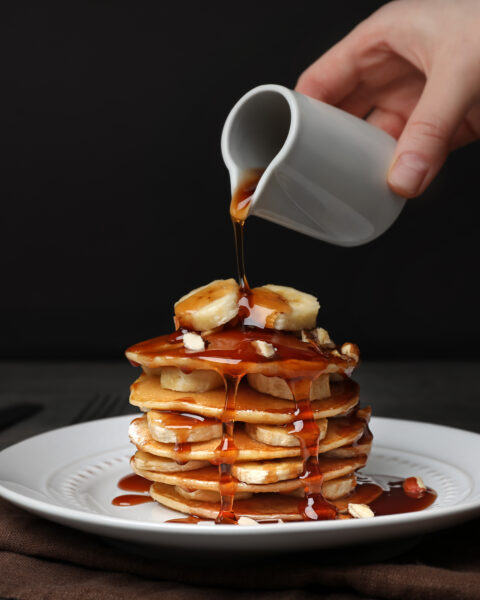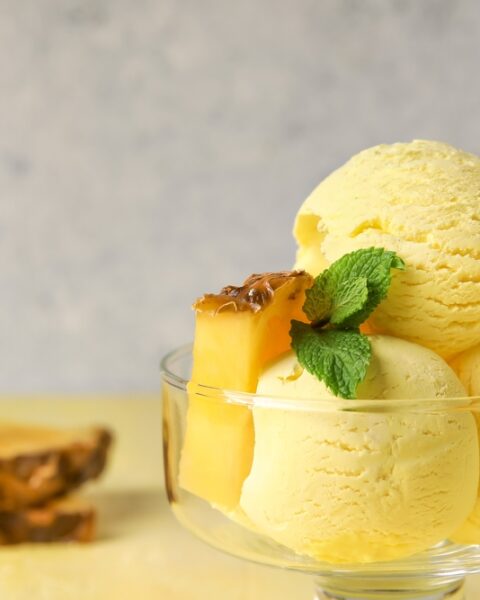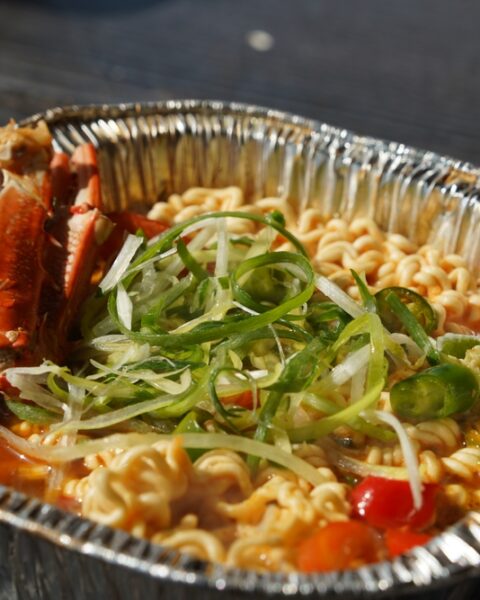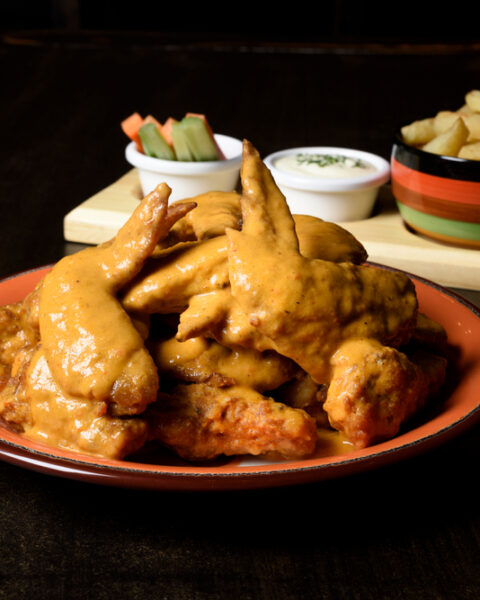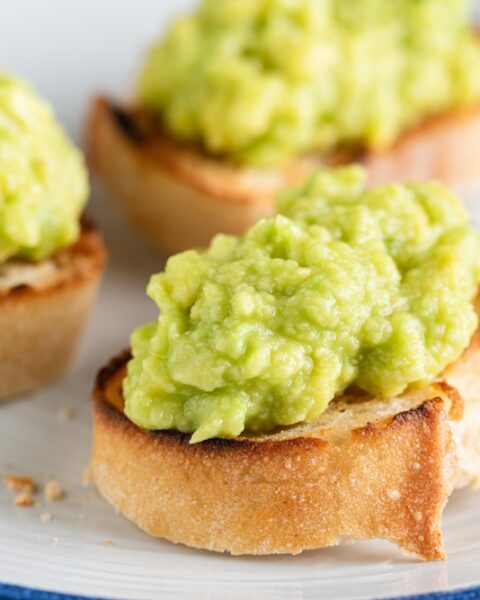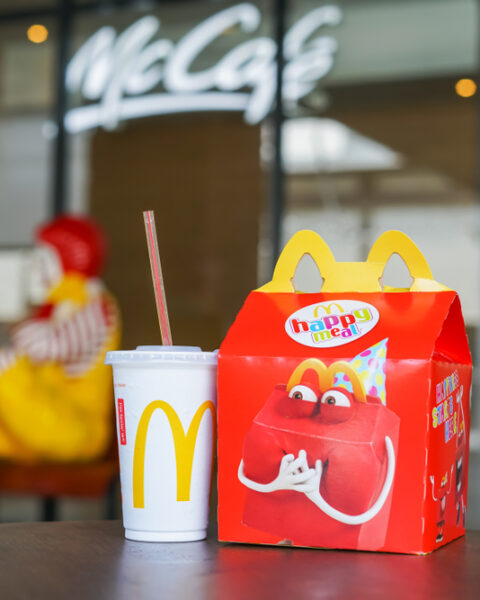Incorporating alcohol into your recipes can elevate your dishes in ways you might not have imagined. But before you start pouring that Pinot Noir into your pasta sauce, it’s essential to understand how to use alcohol effectively to enhance your dish. To help you with the challenges of cooking with alcohol, here are some helpful tips that you can apply when working with alcohol in the kitchen.
Contents
- 1 Choose the Right Alcohol
- 2 Use Sparingly
- 3 Balance Acidity
- 4 Match Flavors
- 5 Burn Off Alcohol Properly
- 6 Simmer, Don’t Boil
- 7 Use as a Carrier
- 8 Enhancing Sweetness
- 9 Layering Flavors
- 10 Understand the Role
- 11 Limit Marinating Time
- 12 Deglaze Pan
- 13 Watch for Ignition
- 14 Mind the Heat
- 15 Cook in a Well-Ventilated Area
- 16 Handle Alcohol Safely
- 17 More From RetailShout
- 18 14 Ultimate Food Cities in the United States
- 19 16 Everyday Things Becoming Unaffordable for the Middle Class
Choose the Right Alcohol

Use wines and spirits that you would enjoy drinking. If you wouldn’t drink it, don’t cook with it. The flavor of the alcohol will concentrate as it cooks down, making the taste more prominent in the dish. Use quality alcohol, while it doesn’t have to be the most expensive, avoid the cheapest options as they can add undesirable flavors.
Use Sparingly
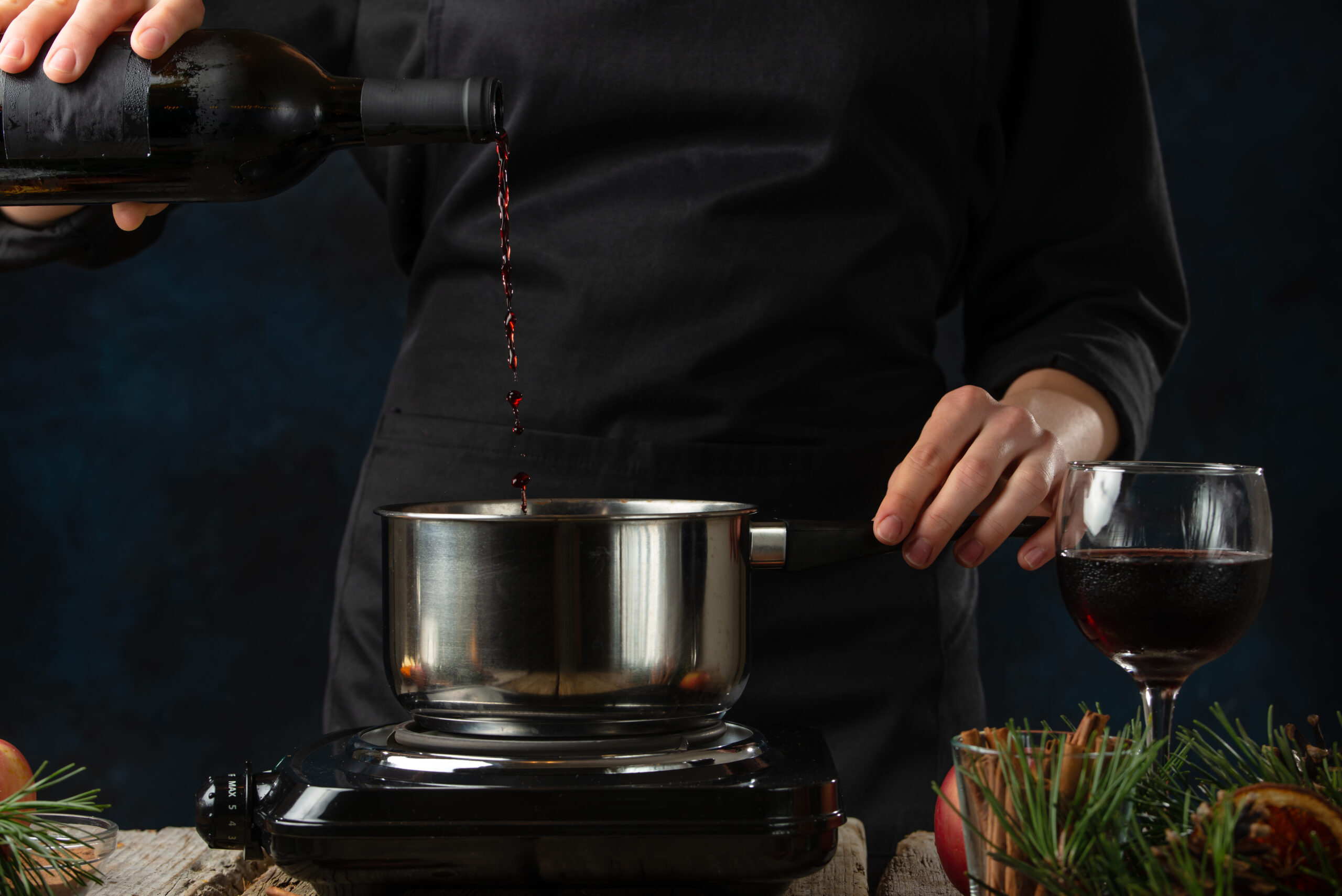
Pouring out the alcohol to your heart’s content is not a good idea. It is better to start with small amounts of alcohol and add more if needed. You can always add more, but you can’t take it out. Begin with a tablespoon or two, then taste and adjust. This prevents the alcohol from overwhelming other flavors.
Balance Acidity
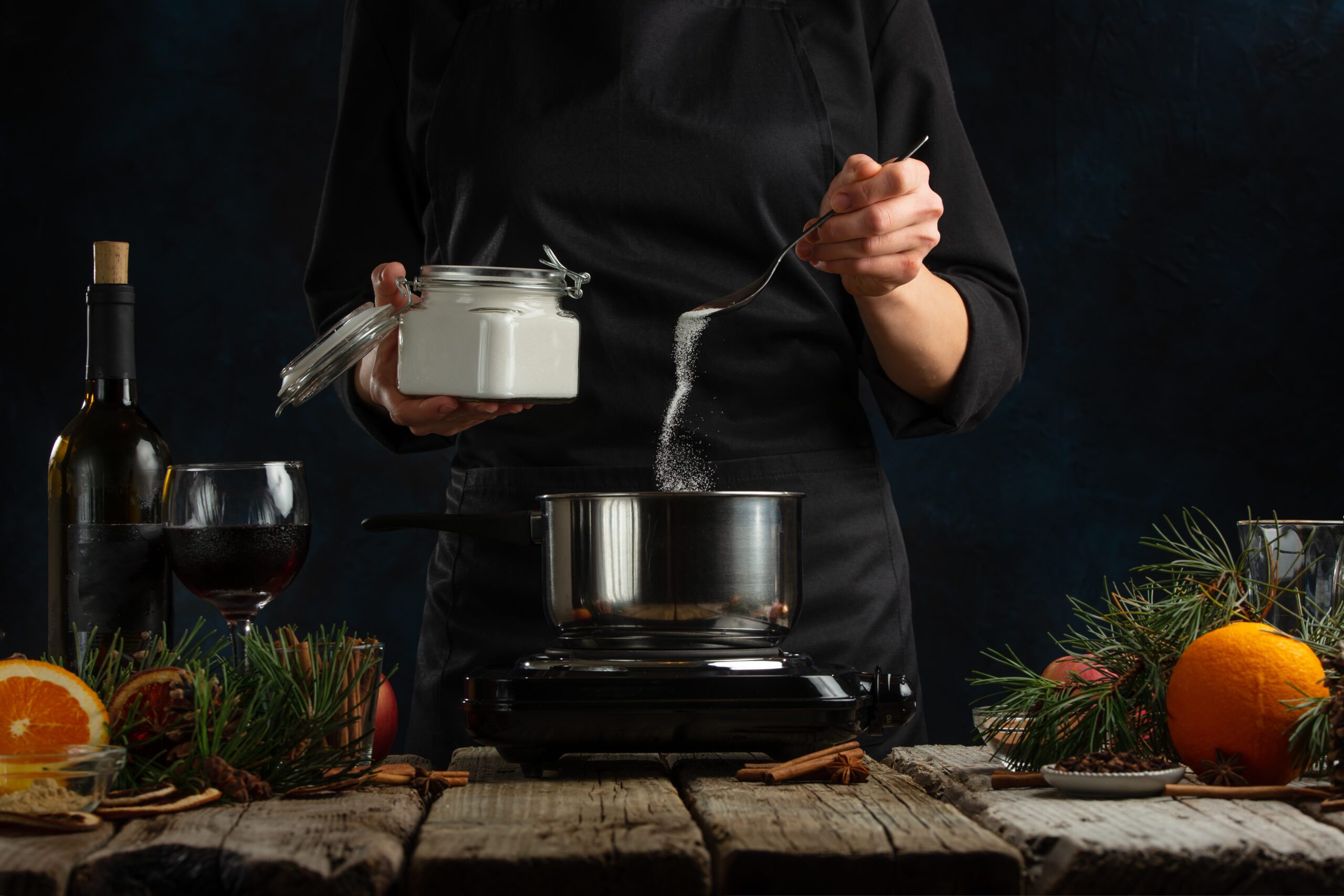
Consider what goes into the dish. If you are using acidic ingredients, adding more alcohol can make the dish too sour or sharp. If the dish becomes too acidic due to the alcohol, balance it with a bit of sugar or a creamy element. Adding a bit of sugar or creaminess can neutralize excessive acidity, creating a more balanced dish.
Match Flavors
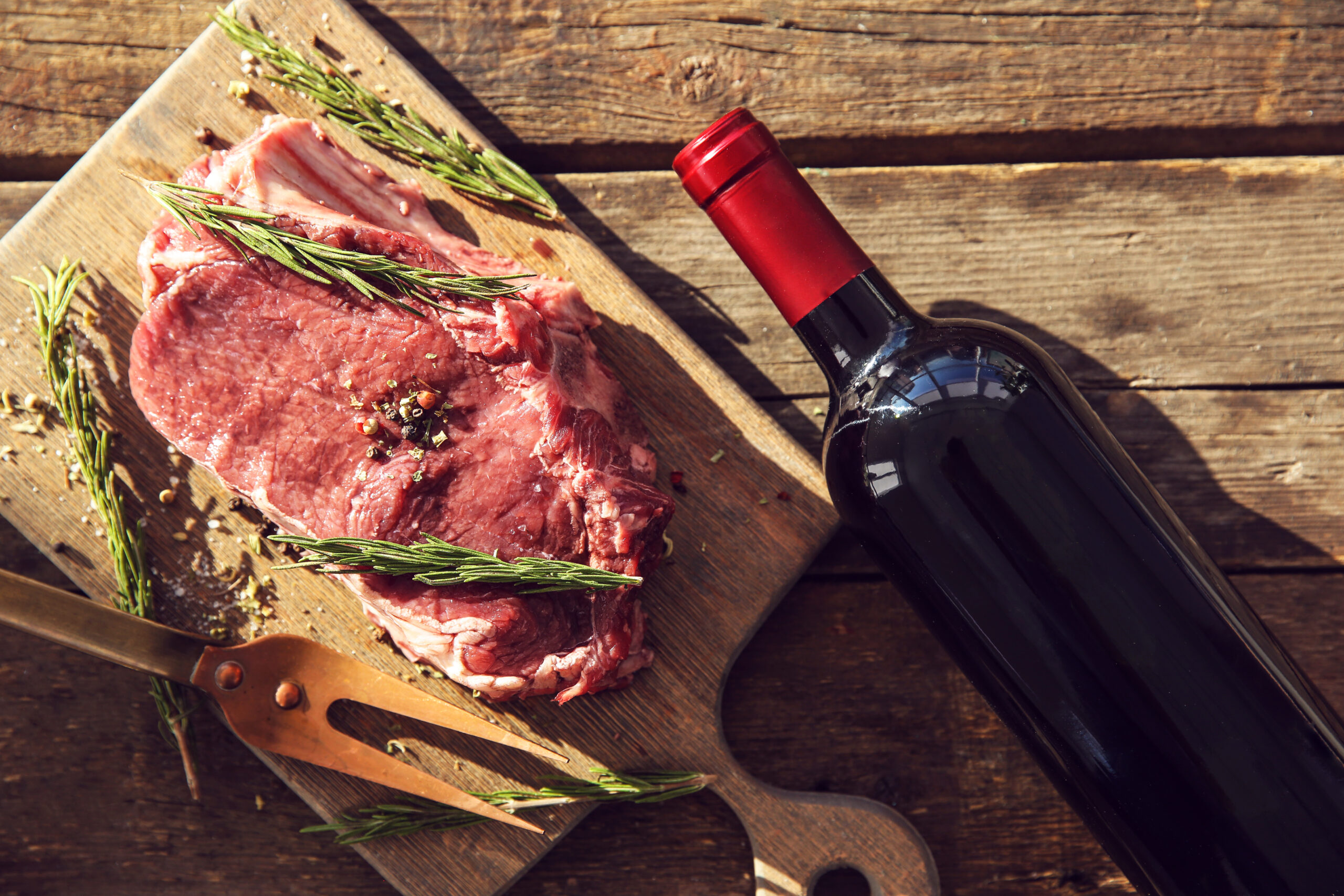
Matching flavors ensures that the alcohol enhances rather than overpowers the dish. The most basic principle is to pair alcohol with ingredients that have similar or complementary flavors. For example, a sweet dessert might be paired with a sweet liqueur, while a rich, savory dish could be paired with a robust red wine. Sometimes contrasting flavors can create a balanced and interesting taste experience. For example, the acidity of a white wine can contrast with the richness of a creamy sauce, cutting through the fat and adding brightness.
Burn Off Alcohol Properly
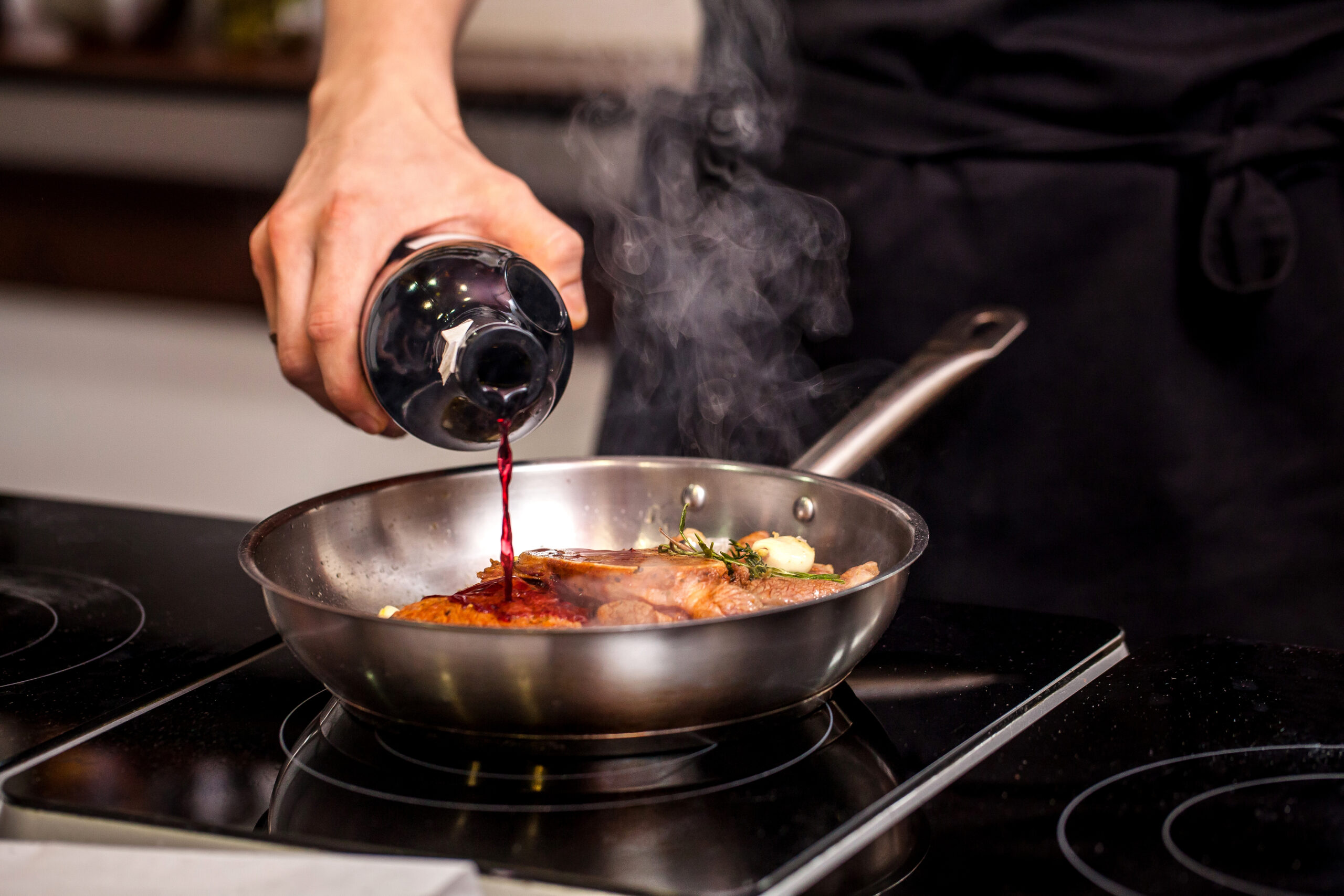
Ensuring that the alcohol burns off properly without overcooking the dish can be tricky. You might be enticed to add alcohol and not let it cook long enough to retain the taste. However, you have to cook it for at least 3 minutes to allow it to burn of and avoid a strong alcohol taste. This process removes most of the raw alcohol taste while retaining the underlying flavors.
Simmer, Don’t Boil
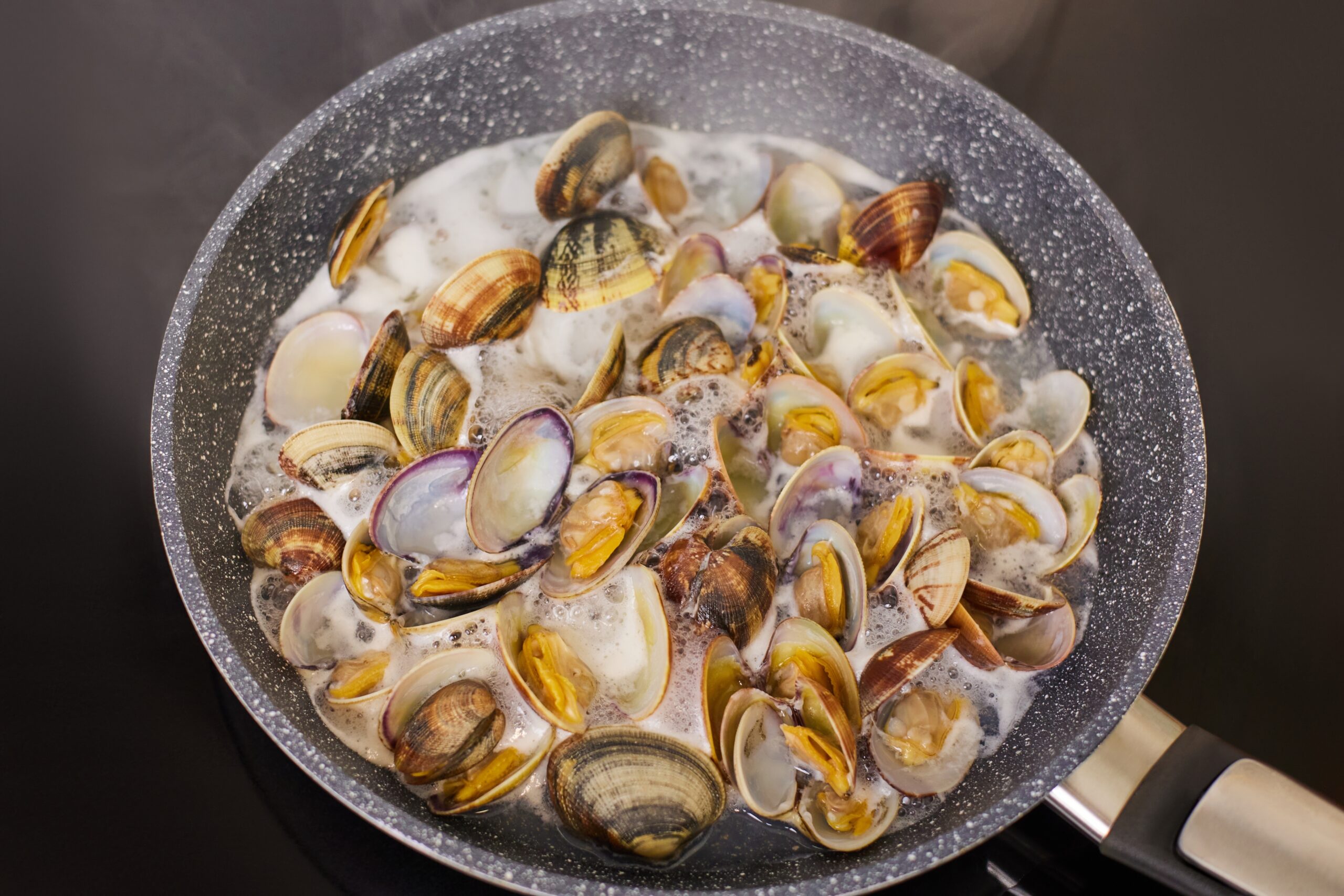
Boiling can cause alcohol to evaporate too quickly and can sometimes result in a bitter taste. Simmering, on the other hand, allows the alcohol to cook off more slowly and evenly, retaining more of the desired flavors. This slow-cooking process helps integrate the flavors of the alcohol with the other ingredients, allowing the alcohol to meld with the dish.
Use as a Carrier
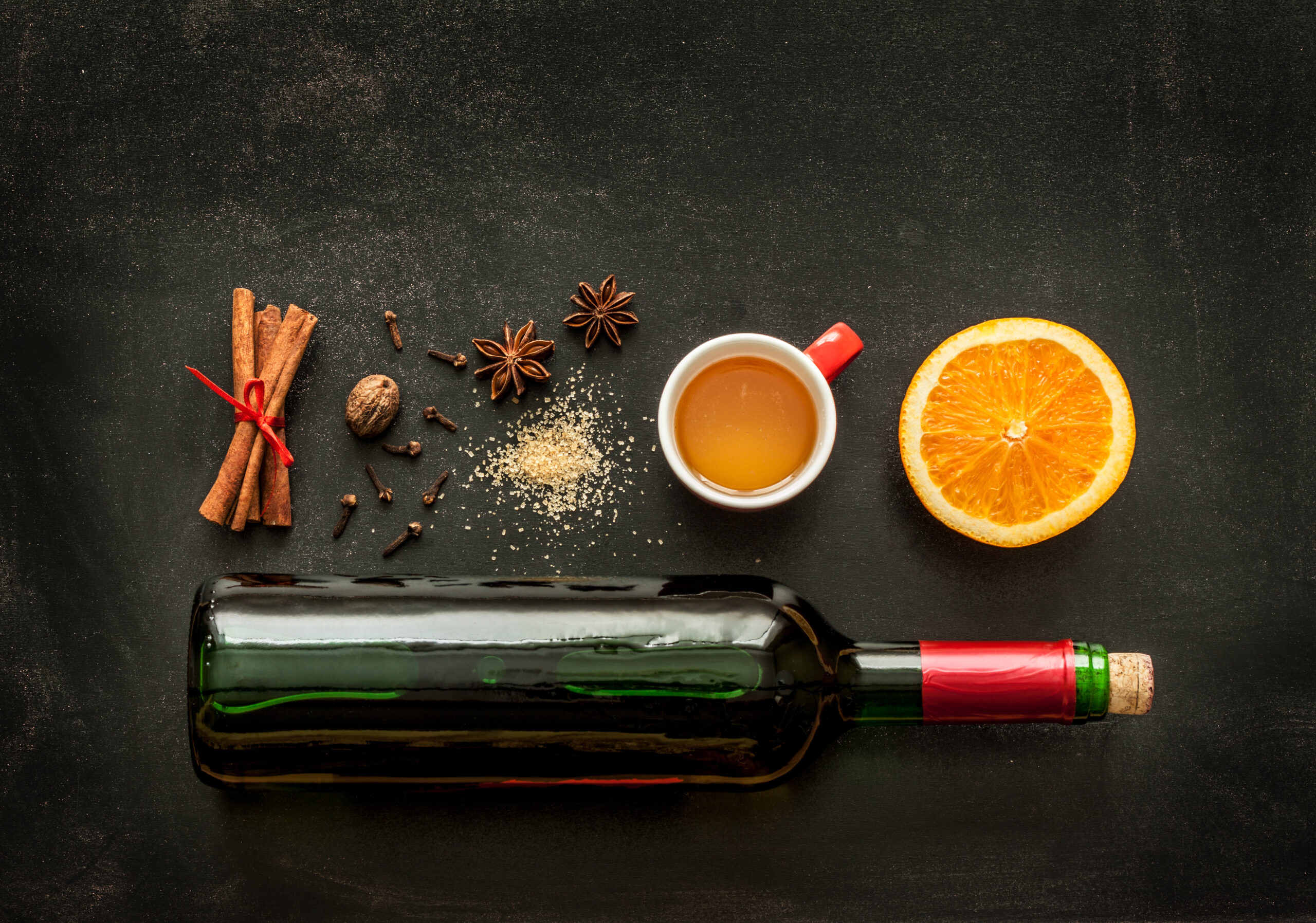
Use alcohol as a carrier for fat-soluble flavors, which can enhance the overall flavor profile of the dish. Alcohol can dissolve both water-soluble and fat-soluble compounds. This means it can carry and distribute flavors from ingredients like herbs, spices, and aromatics more effectively than water or oil alone.
Enhancing Sweetness
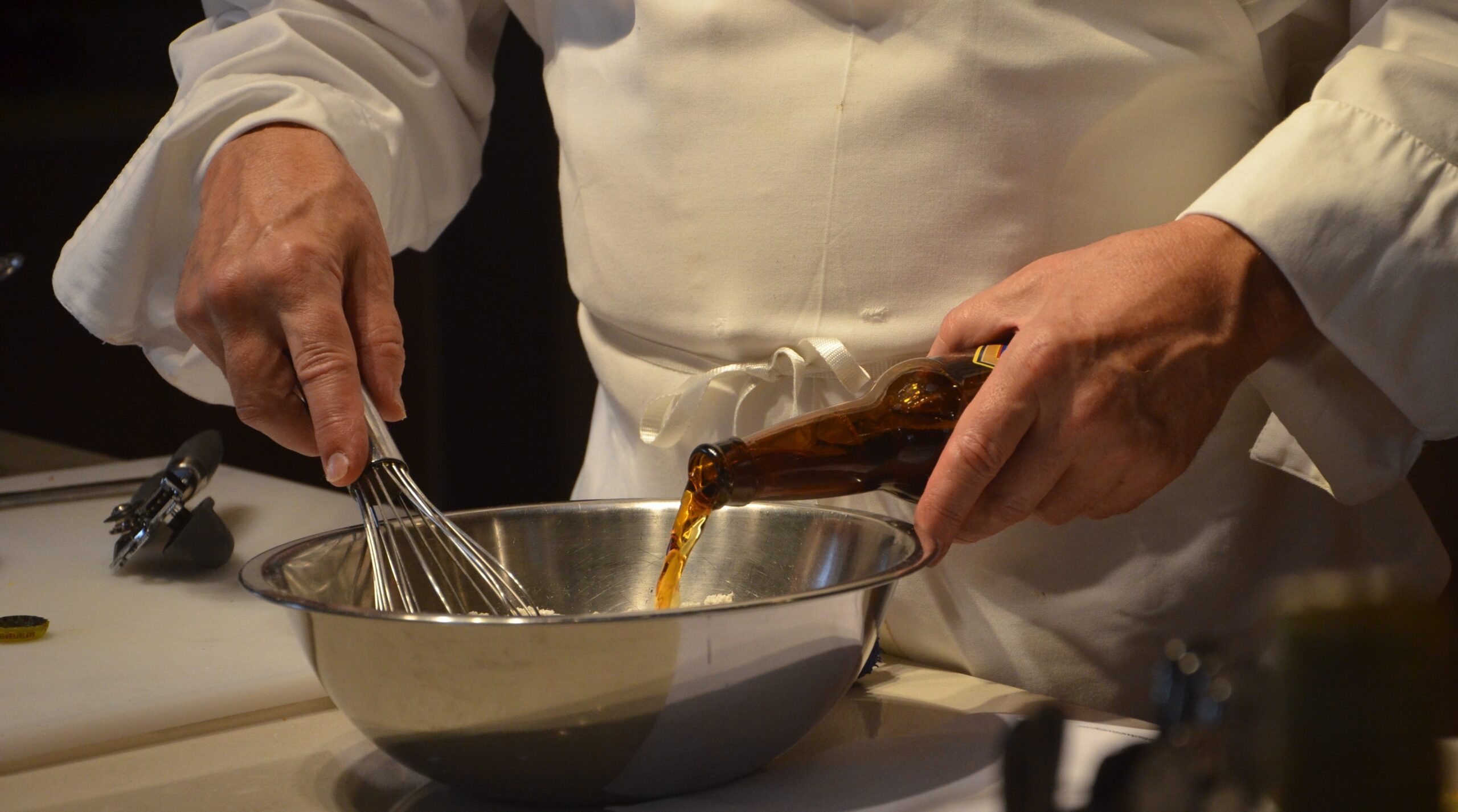
You can use alcohol as a sweetness enhancer. Certain alcohols, especially liqueurs, rum, and bourbon, have a natural sweetness due to their ingredients and production processes. For example, rum is made from sugarcane or molasses, and many liqueurs are infused with fruits, herbs, or spices that add sweetness. These alcohols often have complex flavor profiles that include notes of caramel, vanilla, fruit, or spices. This complexity can enhance the overall sweetness of a dish, making it more nuanced and rich.
Layering Flavors
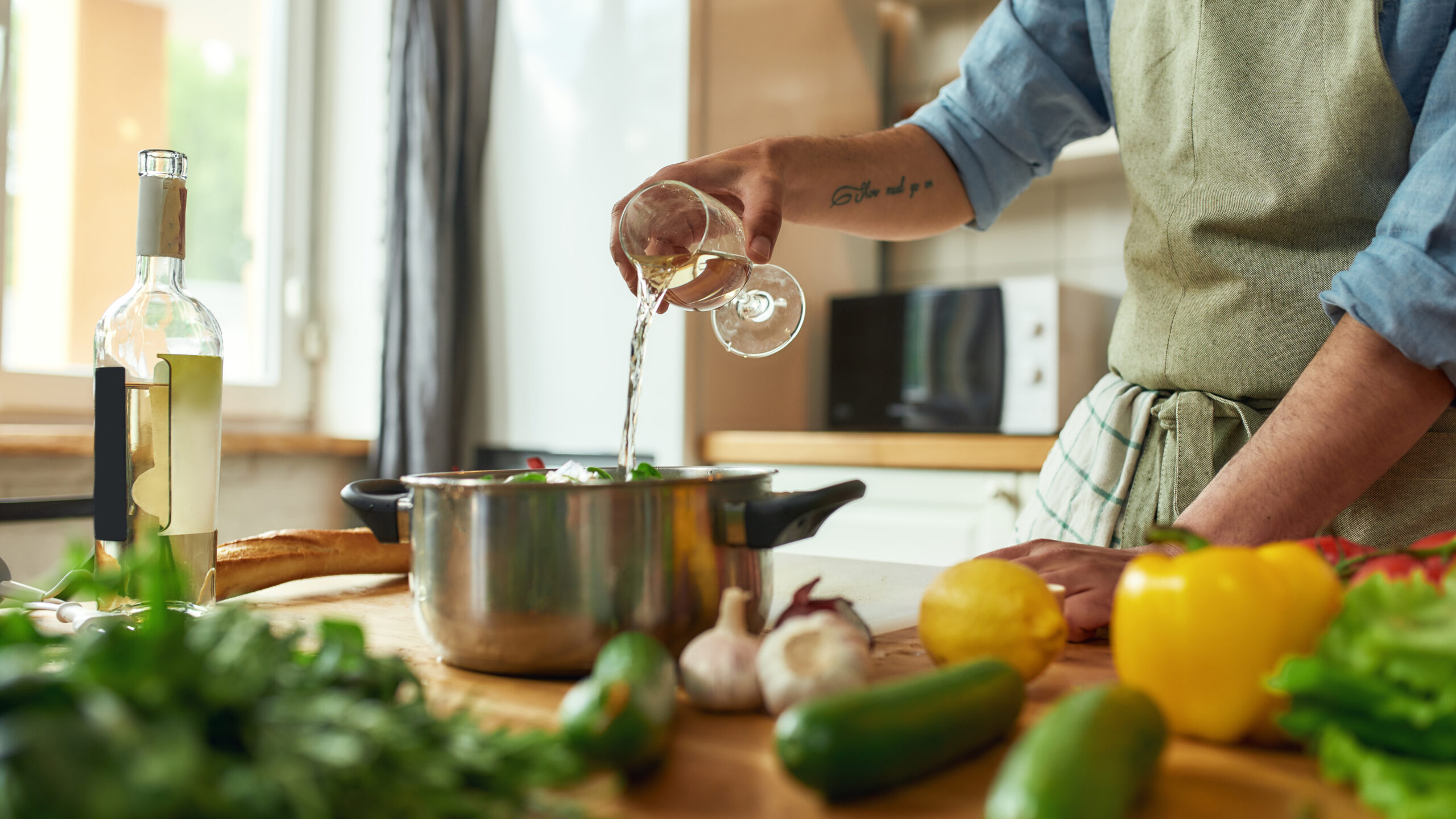
Add alcohol at different stages of cooking to build layers of flavor. For instance, add some at the beginning and a touch at the end. Adding alcohol early in the cooking process allows melding with other ingredients to form a rich, complex base. Mid-cooking additions allow you to taste and adjust the balance of flavors. Alcohol added at the end often retains more of its aromatic compounds, providing a burst of fragrance and flavor just before serving.
Understand the Role
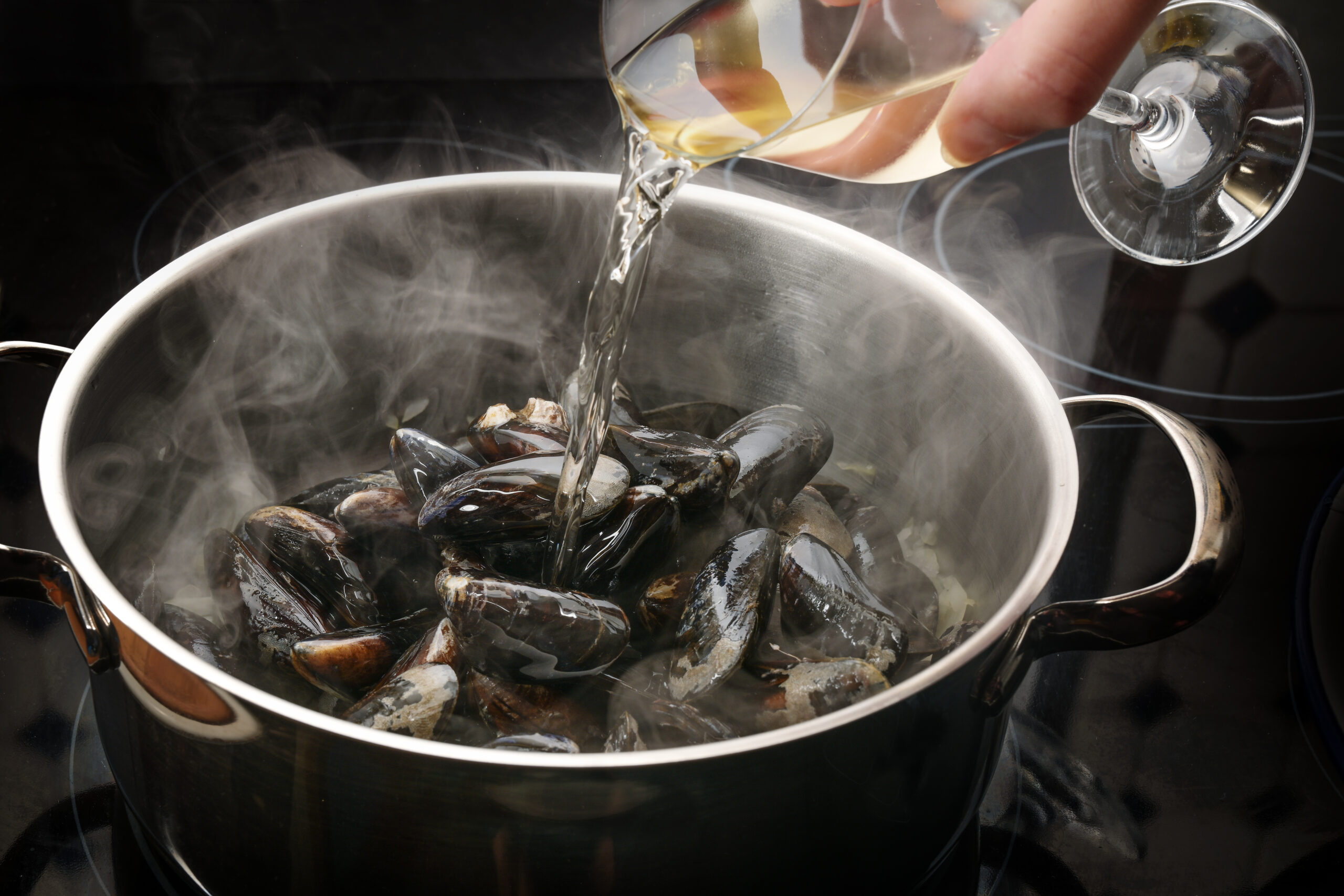
You can’t just add alcohol any way you want it. Know whether the alcohol is for deglazing, marinating, or adding flavor depth. Each role may require different types of alcohol. For example, wine is often used for deglazing, spirits for marinating, and liqueurs for adding sweetness and complexity.
Limit Marinating Time
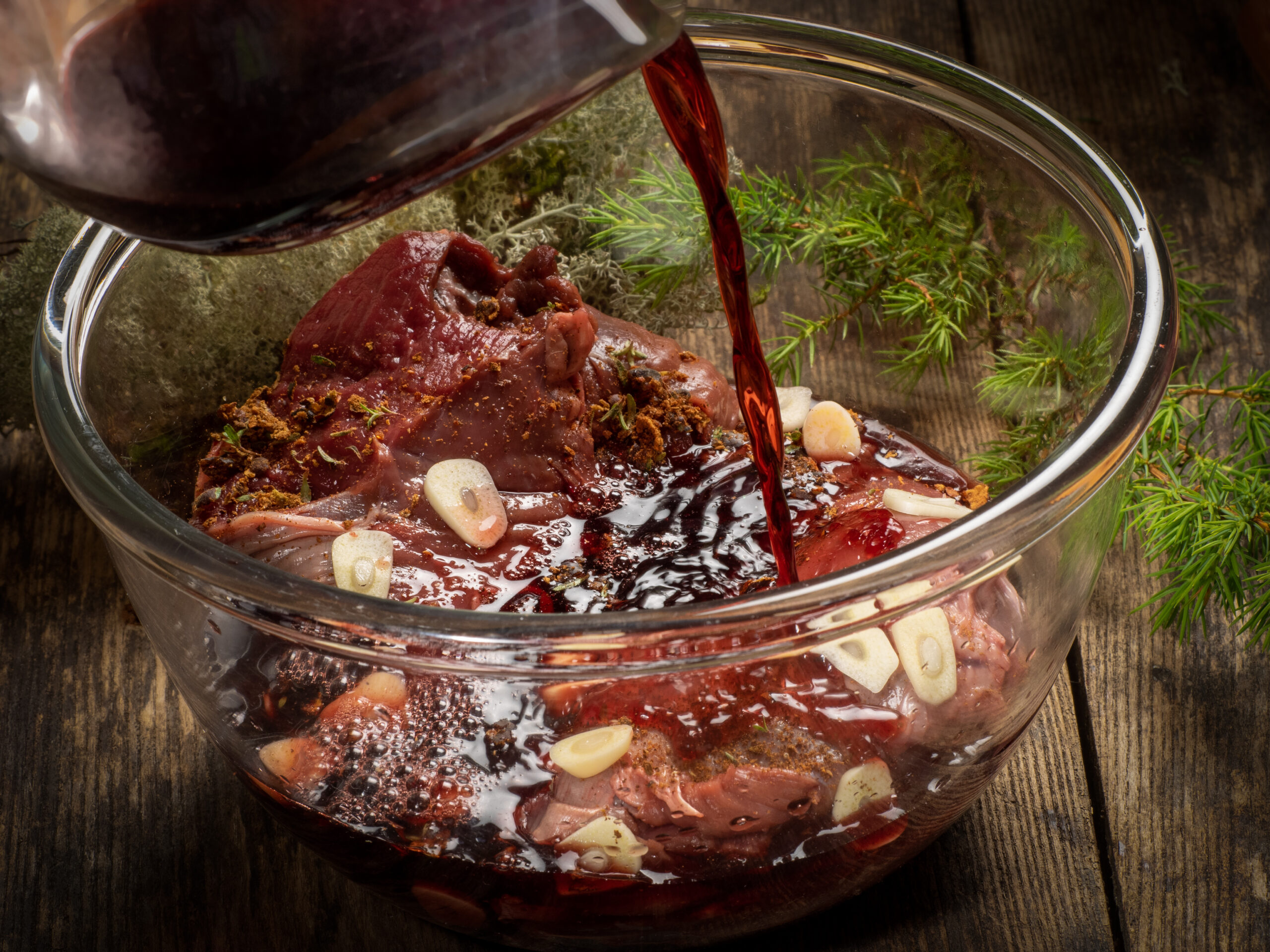
Alcohol can help tenderize meat and infuse flavors. Be cautious with the marinating time; too long can result in mushy textures. Limit marinating times to a few hours, especially for delicate meats, to avoid breaking down the proteins too much.
Deglaze Pan
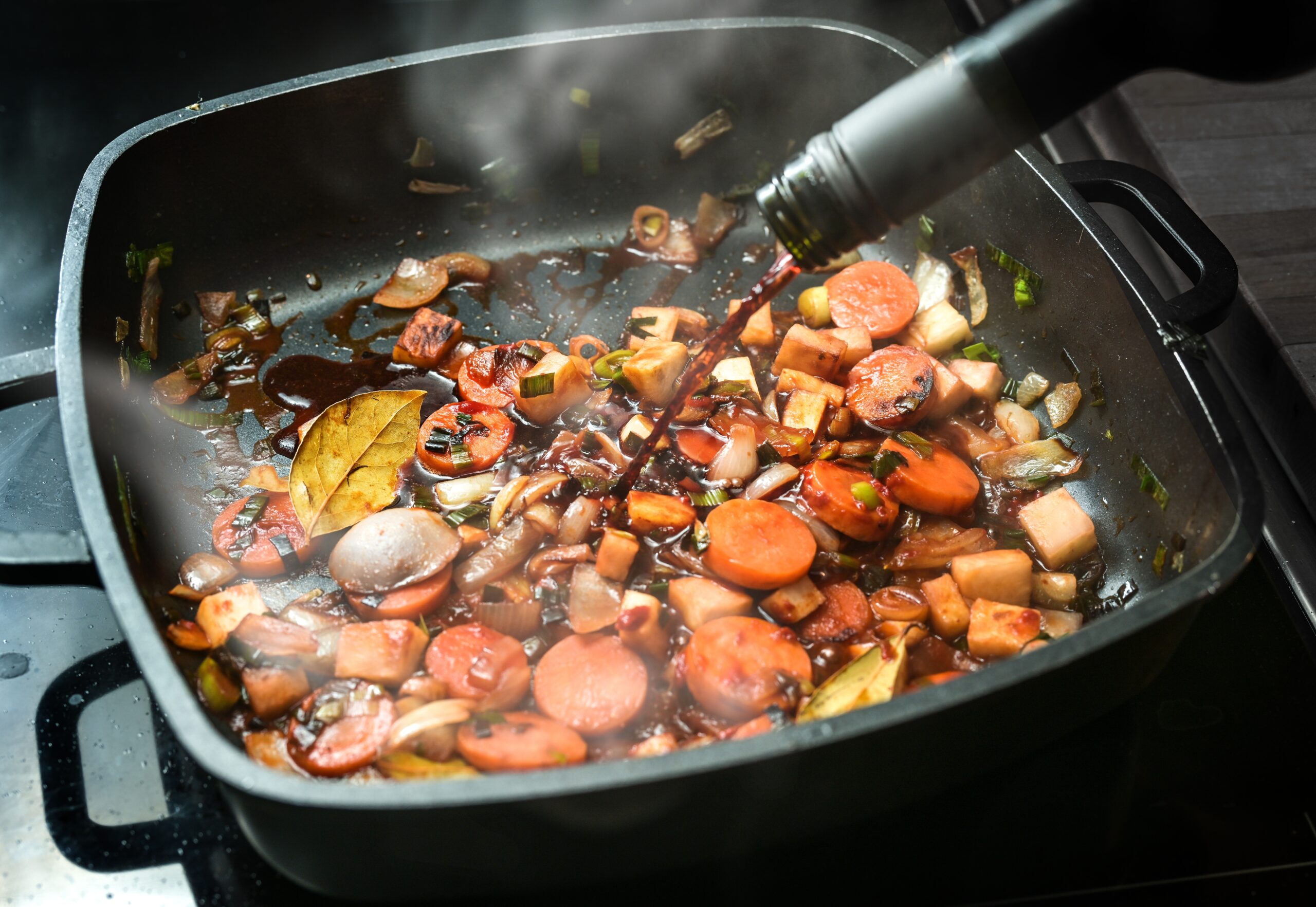
Use alcohol to deglaze pans, lifting flavorful bits stuck to the pan and incorporating them into the sauce. After sautéing or searing, add alcohol to the hot pan to dissolve the caramelized bits, enriching your sauce.
Watch for Ignition
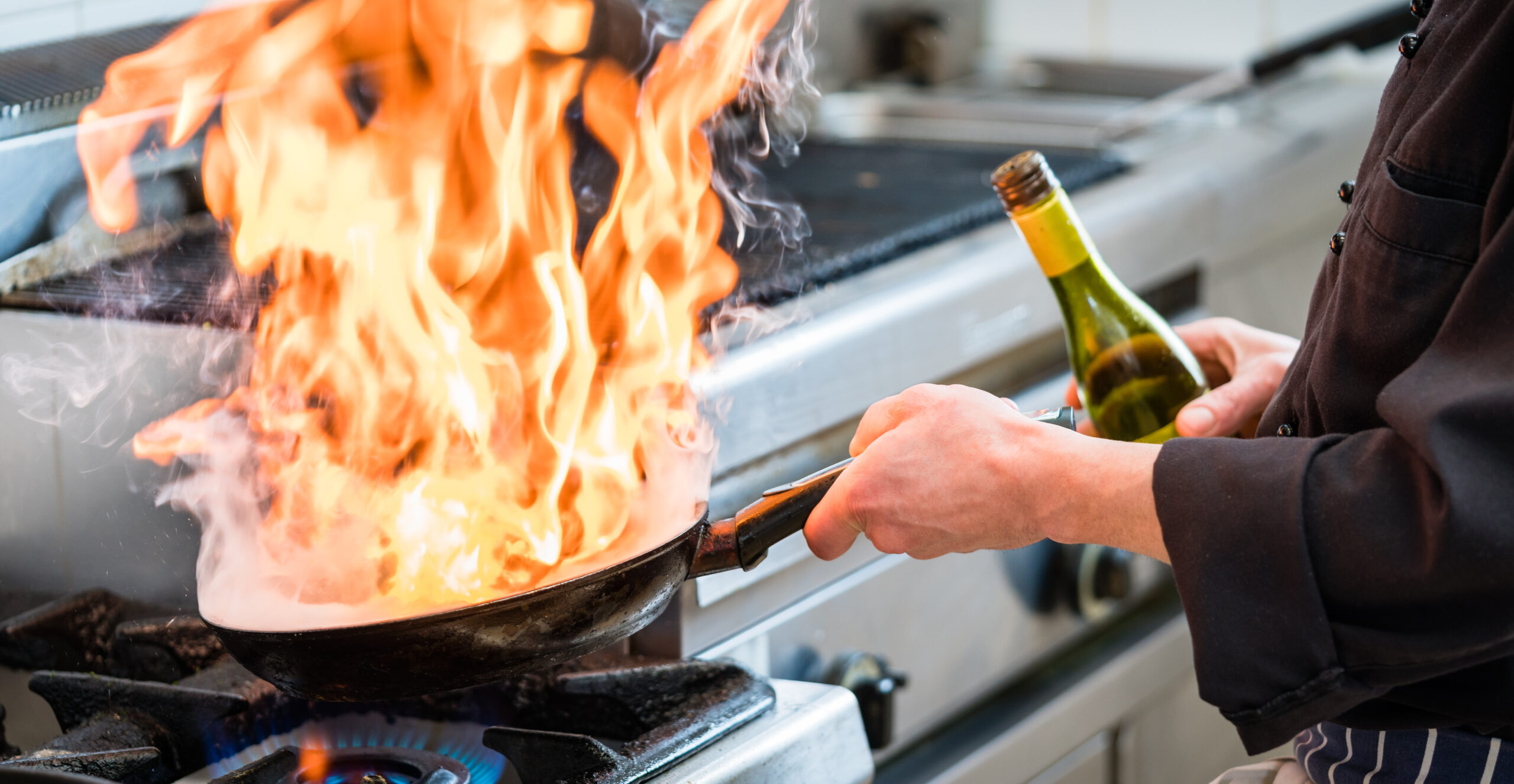
Cooking with alcohol can be a flavorful adventure, but it also requires caution due to the flammability of alcohol. Alcohol vapors can ignite even if the liquid itself does not come into direct contact with the flame. This makes it crucial to handle alcohol with care near any heat source. To minimize the risk of ignition, remove the pan from the heat source before adding alcohol. Pour the alcohol slowly and carefully, then return the pan to the heat.
Mind the Heat
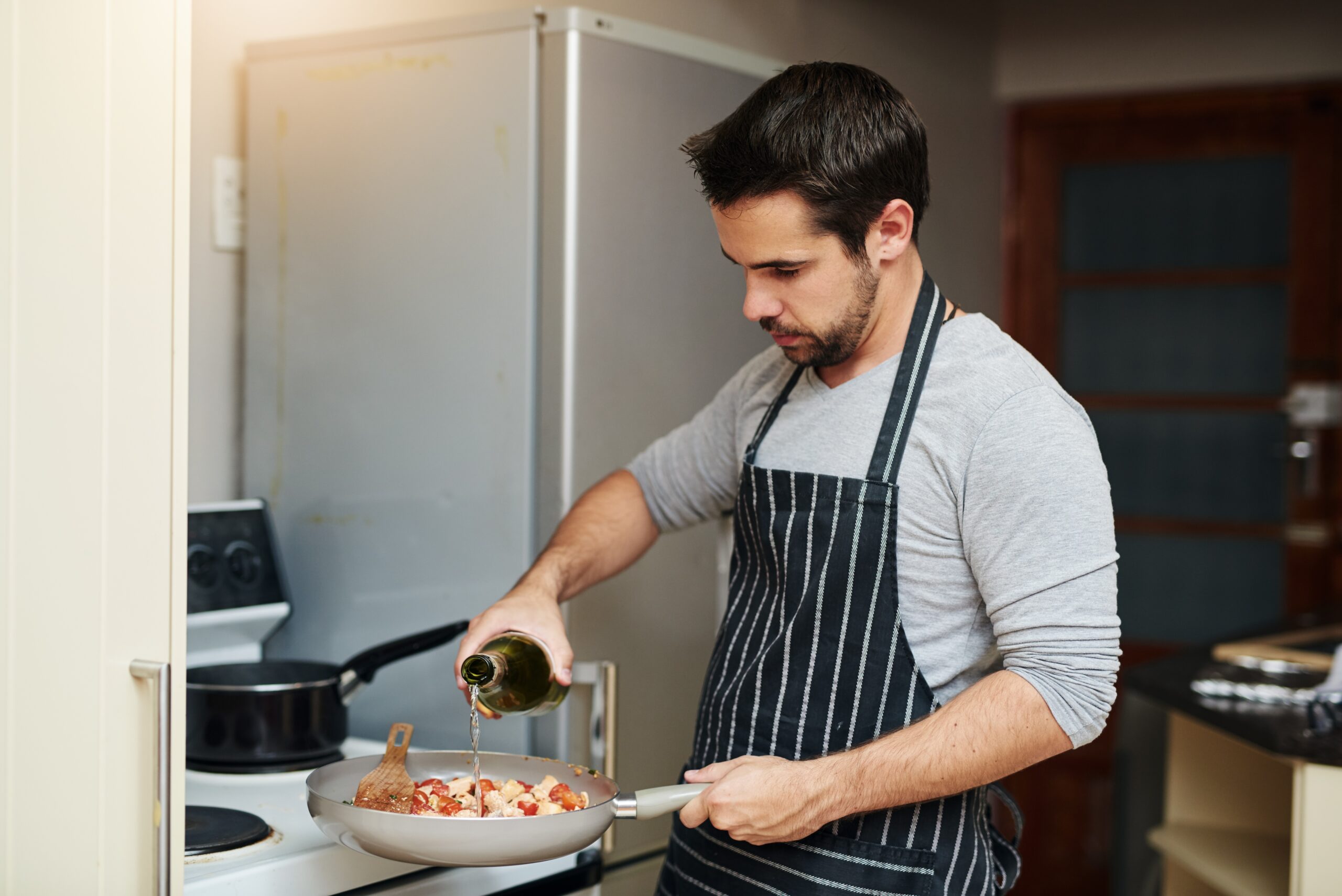
High-proof alcohols should be added off the heat to avoid flare-ups and preserve their delicate flavors. Alcohol contains volatile compounds that contribute to its flavor and aroma. Excessive heat can cause these compounds to evaporate too quickly, leading to a loss of the nuanced flavors that alcohol can bring to a dish.
Cook in a Well-Ventilated Area
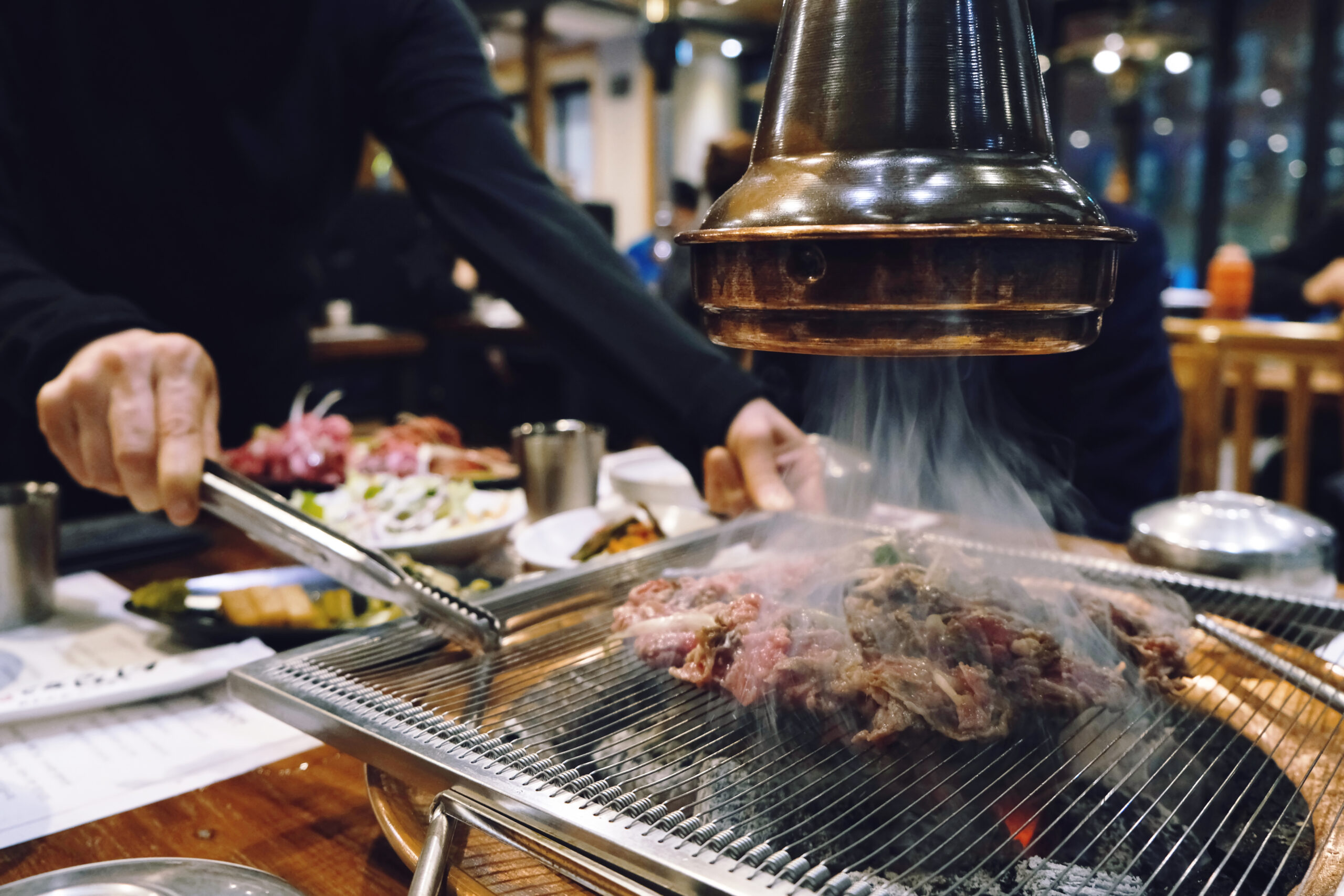
Ensure your cooking area is well-ventilated by opening windows or using an exhaust fan. Proper ventilation helps disperse alcohol fumes, which can be harmful if inhaled in large amounts. Good ventilation prevents the buildup of alcohol vapors, reducing the risk of ignition or explosions.
Handle Alcohol Safely
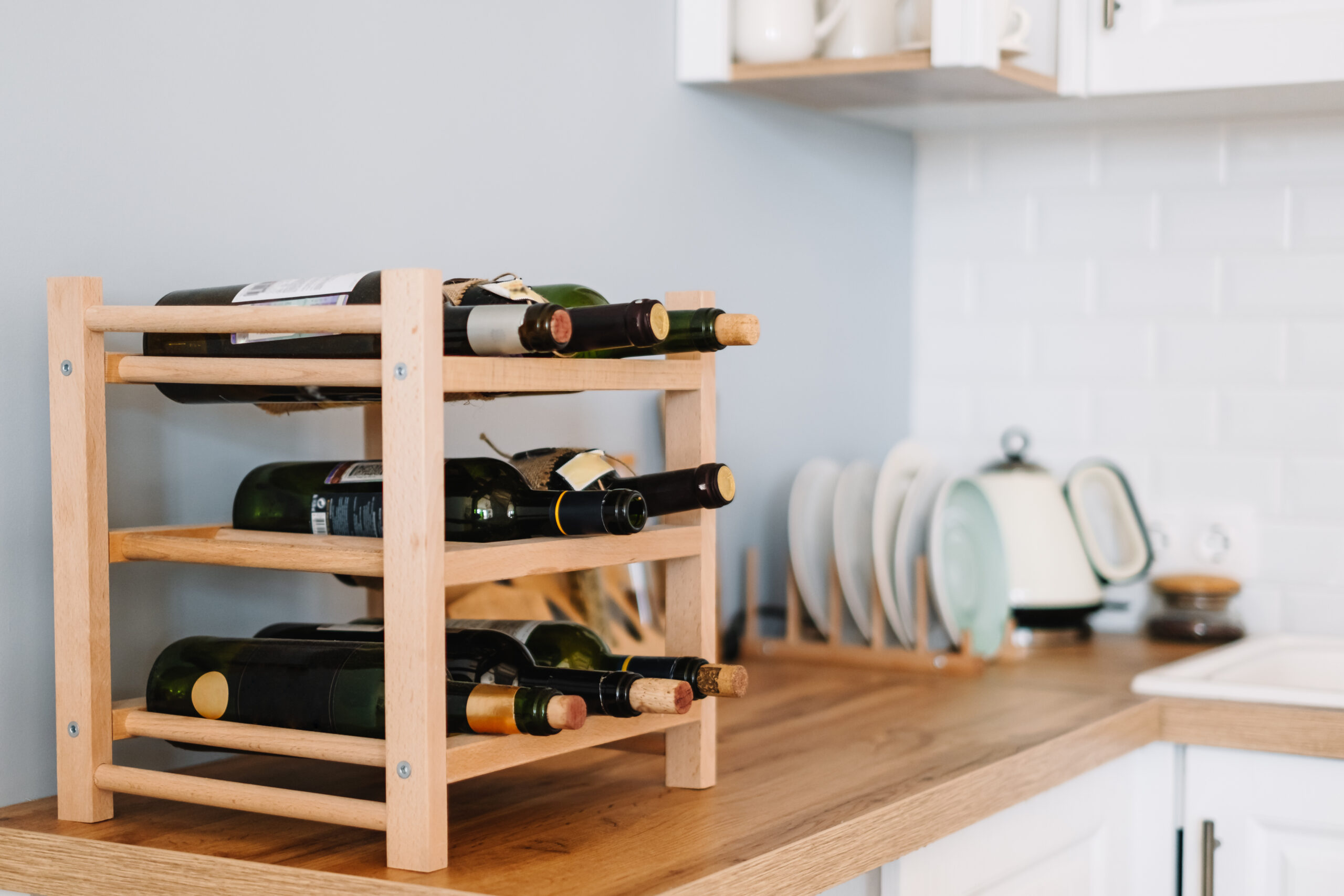
Measure alcohol away from the stove to prevent accidental spills or splashes near the heat source. Keep alcohol bottles away from the cooking area and any open flames. Store them in a cool, dry place to minimize the risk of accidents. Cooking with alcohol requires intricate techniques and careful attention to detail, but with these expert tips, you can confidently incorporate alcohol into your dish.
This article originally appeared on RetailShout.
More From RetailShout
22 Genius Tips for an Organized Pantry

Keeping your pantry organized can feel like a never-ending battle, but with a few creative strategies, it can be a breeze. Imagine opening your pantry door to find everything neatly in place, with a spot for every item and no more frustrating searches for that elusive jar of spices. Read More.
14 Ultimate Food Cities in the United States

When it comes to food, America has some of the most exciting cities that are perfect for any foodie. These cities are not just about delicious dishes but also about unique culinary experiences that you won’t find anywhere else. Read More.
16 Everyday Things Becoming Unaffordable for the Middle Class

Lately, it feels like more and more things are slipping out of reach for the middle class. It’s not just about cutting back on a few luxuries; it’s about major parts of life that used to be manageable. Read More.

